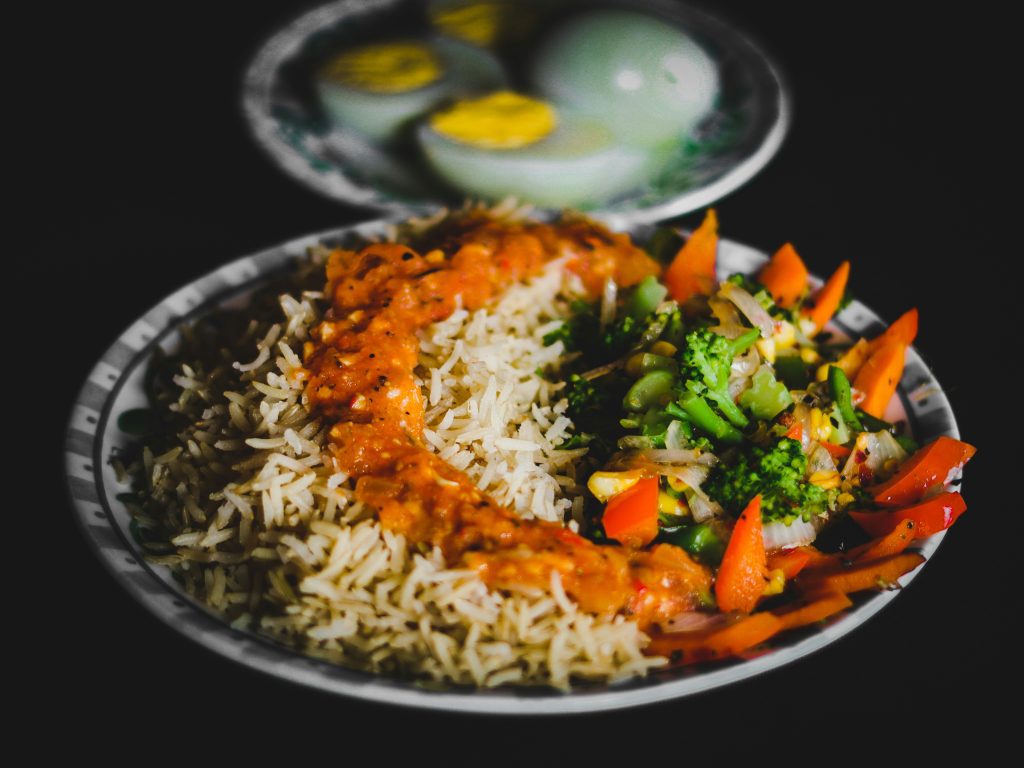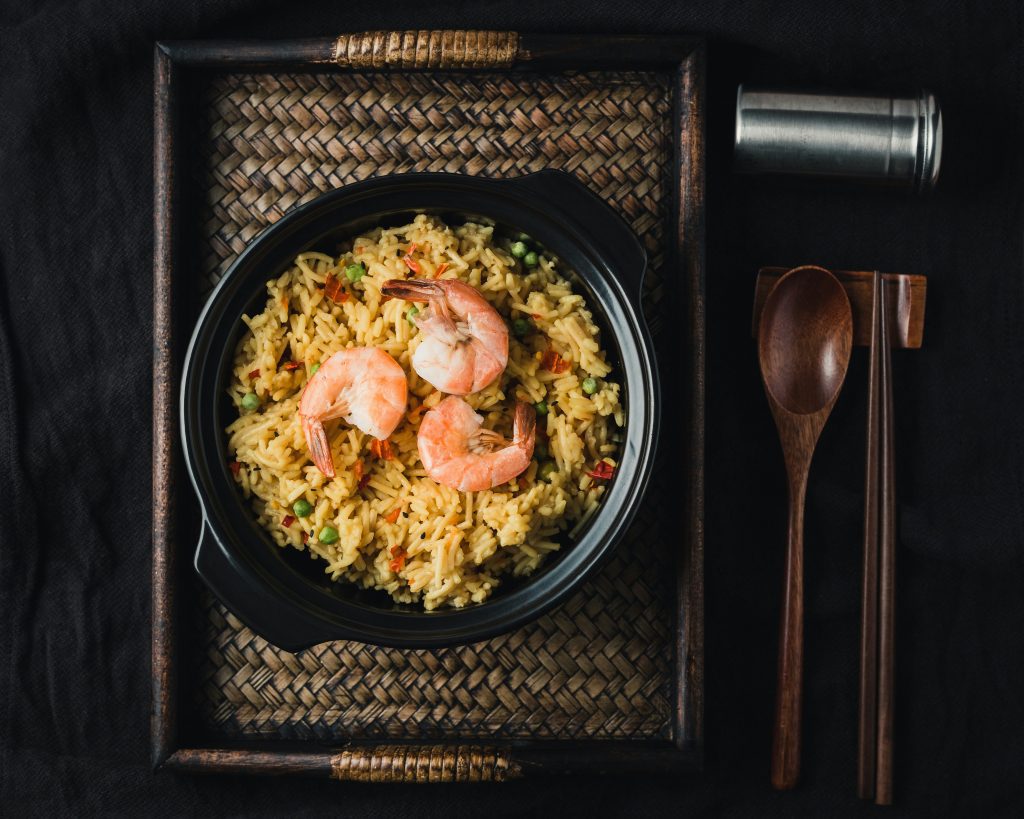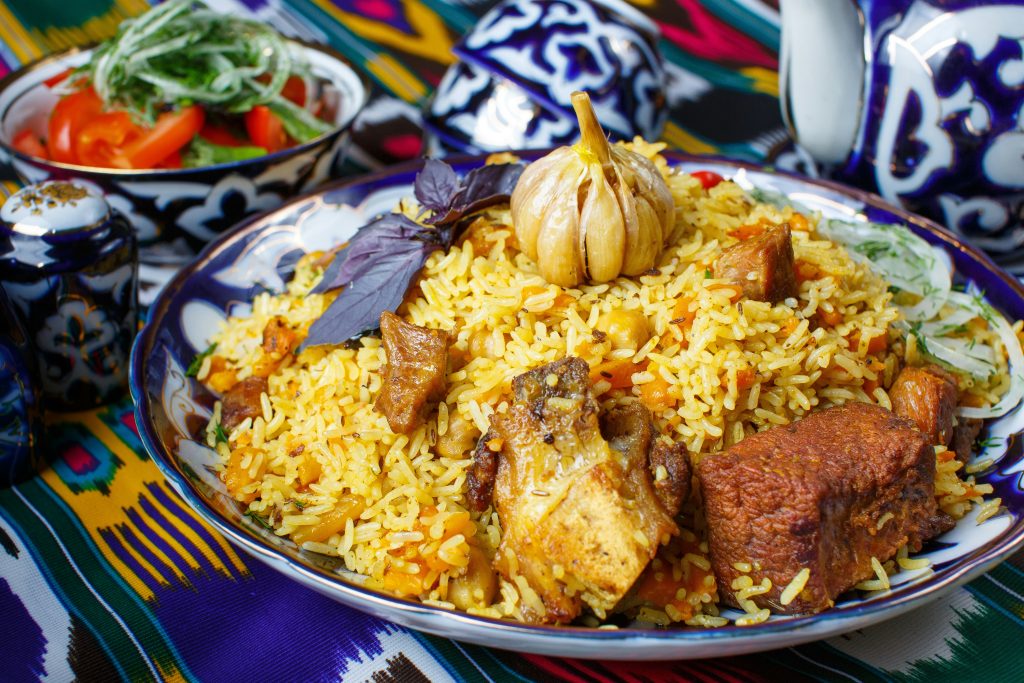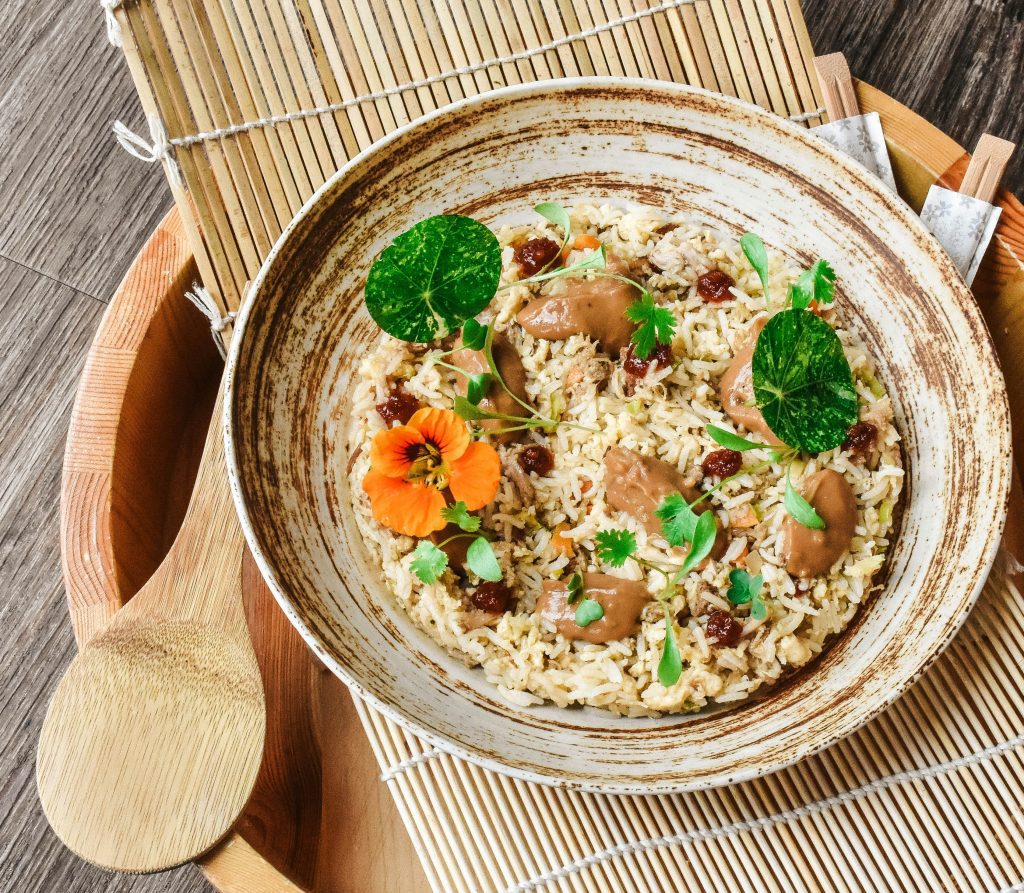Learn about What is Sella Rice. Discover Sella Rice, a unique grain known for its firm texture and flavor absorption. Learn about its cooking methods, and health benefits in this comprehensive guide.
Introduction
Sella Rice is a variety of parboiled rice with great taste and a golden yellow color that is hard in texture as a result of the unique process of parboiling it before the milling is done. The procedure helps retain the most important nutrients and helps prevent the rice from being overcooked. Sella Rice is available as basmati rice and non-basmati rice and is popularly known for its versatility in many kitchens primarily the Middle Eastern, Indian, and Persian cuisines.
What is Sella Rice?
Sella rice, also referred to as parboiled rice, is a variety of rice that is subjected to a soaking, steaming, and drying treatment before milling. This process enables nutrients that are naturally found in the outer bran layer of the grain to migrate to the inner kernel creating sella rice and brown rice. After cooking, sella rice differs from normal rice, which becomes soft and sticky, in that it remains hard and dry, and individual grains of rice remain easily separable from each other. granulometric size of 2 to 6 mm.

Sella rice is delicious and has several health benefits as well. It is naturally gluten-free with its high fiber content; low glycaemic; and has natural antioxidants. Therefore, this makes sella rice a healthy food that maintains and aids proper digestion, blood sugar levels, and even heart health which is why sella rice is widely found in most homes across the globe.
Health Benefits of Sella Rice
Sella rice aids in several health aspects and therefore is a great addition to healthy meals. The processing method used for sella rice is different and helps in retaining optimally on nutrients. Here’s how sella rice helps maintain overall health in its proper state and contributes to well-being.
1. Gluten-Free
Sella rice is naturally gluten-free, which makes it safe and healthy for individuals with gluten allergy or celiac disease. It is a thick and satisfying substitute for wheat products as it contains rice without the risk of gluten. Almost all people with little restrictions in their diet can consume sella rice.
2. High in Fiber
There is dietary fiber found in sella rice which aids in the maintenance of one’s good digestive health by the promotion of regular bowel movement and avoidance of constipation incidences. Fiber also plays a role in appetite control through the modulation of the feeling of hunger. Eating foods such as sella rice that are fibrous can also help in petting their gut healthier.
3. Low Glycemic Index
Sella rice, owing to its low glycemic index, allows for the gradual release of glucose in blood circulation to prevent sharp rises in blood sugar levels. Edible forms of sella rice are, therefore, a perfect source of carbohydrates for diabetic patients as well as for those who wish to have a steady supply of energy throughout the day without sudden peaks and drops. There is energy and satiety that lasts.
4. Antioxidants
Sella rice has antioxidant properties which help to protect one’s cells from free radical damage. The free radical damage theoretically causes aging and also several different diseases. Antioxidants enhance the body’s immune system and those include reducing inflammation and encouraging better health overall. Over the years, including sella rice which is rich in antioxidants in the diet can help in wellness.
5. Heart Health
Sella rice has low levels of harmful fats and moderate levels of fiber that may promote heart health. The fiber content aids in the reduction of cholesterol levels, leading to lower chances of heart disease. If sella rice is consumed whereby the attendant meals are balanced, it can enhance cardiovascular health and help alleviate the related risks.
6. Natural Nutrients
Sella rice through the parboiling process retains its natural nutrients which are rich in B vitamins, iron, and calcium. These nutrients help in the production of energy, immune enhancement, and bone development. Thus sella rice nutritionally is a good food for improving your diet as it is full of nutrients.
Culinary Uses of Sella Rice
Sella rice remains firm and has an intense flavor and hence can be used for different cuisines with ease. Because of this amazing attribute, the rice shines best in recipes where the grains are required to be distinct, such as in biryani and pilaf, and even as an accompaniment, enhancing the overall taste and texture of the dish.
Biryani
Sella rice is best for biryani as it can stay intact and not stick with each other allowing the spice-laden rice to be distinct. This brings out the parboiled texture and chunky layers that withstand the cooking giving the real aroma, tempting presentation, and the expectant fluffy nature of the dish ‘biryani’.
Pilaf
In a pilaf, the texture of sella rice is a strong point, as it is ideal for soaking in all the delicious broth and spices. There is an abundance of separated plump and nonsticky rice that contributes to the aesthetics and taste of the dish. Sella rice is hardy making it suitable for pilaf preparations that involve frying or cooking with vegetables, meat, or herbs.

Side Dish
Sella rice is also a good accompaniment to many mains as it does not overwhelm but rather balances the accompanying flavors. Its slightly nutty and firm texture makes it a pleasing substitute for plain white rice. It may be served quite plainly, just with a drizzle of olive oil, herbs, or mild seasoning.
How is Sella Rice Processed?
Sella rice, or parboiled rice, is a complex and multi-level process that locks in nutrients and improves the enhancement of rice. This method consists of soaking the rice, steaming it, drying it, and milling it. Each step contributes to the unique characteristics of sella rice which makes it healthy as well as multipurpose.
Soaking
First, raw rice grains are placed in water for them to be able to adjust in shape for the remaining processes. Soaking makes the grains softer enabling movement of nutrients from the husk to the kernel of the rice. This primary process is very important in providing proper cooking and avoidance of loss of nutrients.
Steaming
Next, rice is steamed, which further enhances the transfer of nutrients from the outer husk down to the core of the grains. The process of steaming also helps to attain the golden color of sella rice and at the same time produces a sturdier and tougher grain. Moreover, it assists in retaining the vitamins and minerals within the rice.
Drying
Once the rice is steamed, it is essential to dry the rice. Drying helps to get rid of excess water from the surface as well as strengthens the grains when it is time for milling. Making sure that the grains are dried completely at the end of this process, ensures that the rice can be milled without damaging its structure. Finally, proper drying is necessary to ensure that the product has a good shelf life and cooking quality.
Milling
The process of milling marks its culmination, during which the husk and bran are removed leaving sella Rice polished and ready for cooking. Due to the milling process, Sella rice is more refined but still retains the advantages of the parboiling technique up to some level. In this phase, the color of rice is improved and fit for cooking purposes.
Popular Dishes Using Sella Rice
Due to Sella Rice’s distinct texture and non-stick properties, it complements many cuisines. Here’s why some of the common recipes are made more delicious:
1. Biryani
The golden sella basmati rice is a great choice for biryani since it allows a firm texture and absorbs flavors well. This allows the spices to penetrate and flavor the rice without disintegrating, so every grain is very aromatic and distinct. Its forgiveness makes it ideal for heavy layered skillets called biryani showcasing every separate element beautifully.
2. Pilafs and Pulaos
In pilafs and tabla risottos as well as pulaos the individual grains of the rice remain separate and fluffy due to the properties of sella rice, thus enhancing the overall quality of each ingredient. The rice’s slight resilience clouds, which discourage any ‘lumping’ motion, promote a light and airy disposition of these cuisines, inclined towards aromatic seasonings and several types of mating vegetables or flesh.
3. Stuffed Peppers and Dolmas
Self-restoring properties of sella rice are particularly useful with girdle cakes, stuffed capsicums, and dolmas. It keeps its structure after boiling, thus offering a pleasant texture without turning soft. This is particularly useful in these cases as it allows for the stuffing to be firm and well-contained in the vegetables, which is great for filling small-shaped foods, as seen in dishes with a Mediterranean essence.
4. Persian-Style Tahdig
Crispy in the middle and softbound within, Persian-style rice is essential in all layers and presents the only practical way in which Sella Rice is used. All hail the present century in which Sella Rice has so far found every kitchen of every household.
Where to Buy Sella Rice
One can find Sella Rice in the majority of the international supermarkets, ethnic food stores, and E-commerce websites. High-grade Sella Rice products are provided by brands such as Tilda, Royal, and Dawaat. For online purchases, it is safe to check for any reviews and product descriptions to buy the best quality you can get.

Conclusion
Sella Rice is different from other rice varieties because it is rich in flavor and also nutritious. Because of its unique processing, it is very healthy as well as useful in different types of cooking. Be it traditional biryanis, or modern stuffed vegetable recipes, one does not have to worry about finding a delicious grain other than Sella Rice. It would be helpful to keep Sella Rice in your kitchen pantry for its unique qualities and health benefits.
